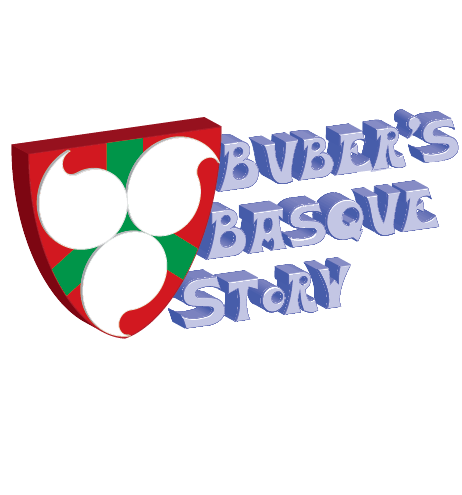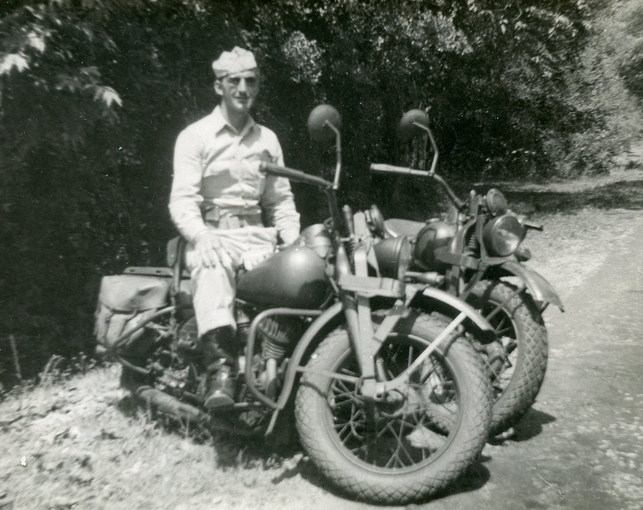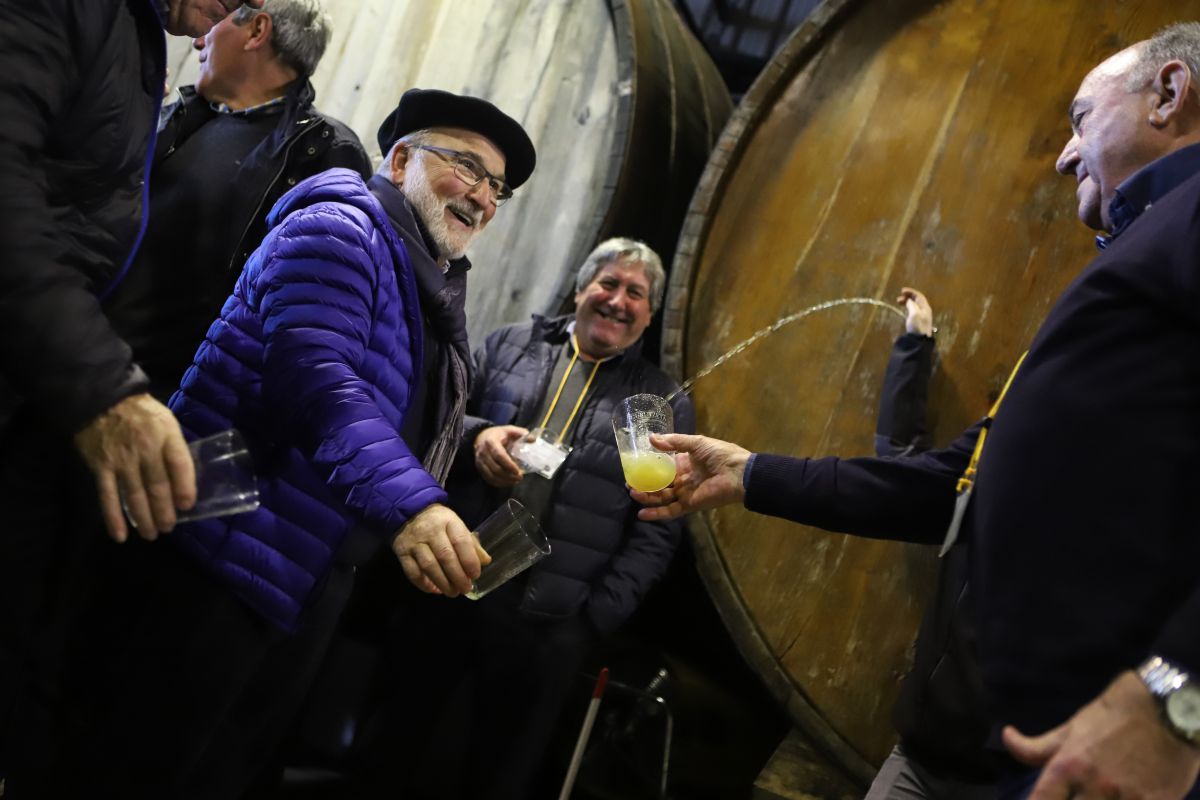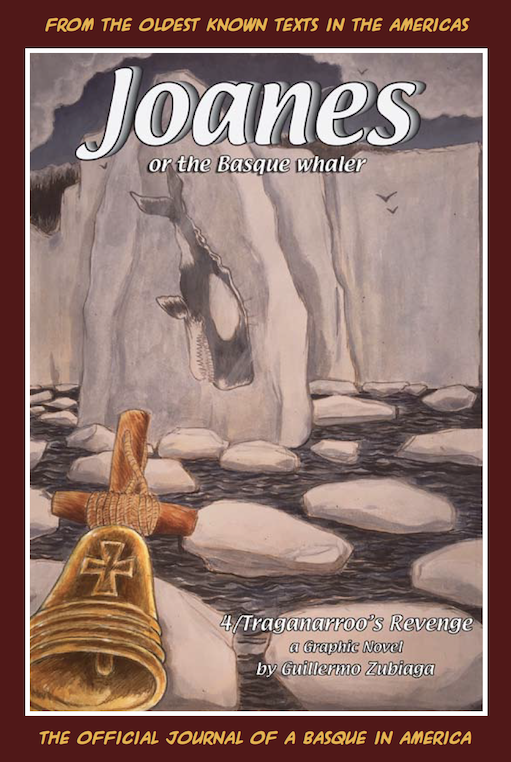The crowd cheered as Unai clicked off the beat with his drum sticks and Idoia lit into a guitar riff that filled the entire town with the metal sounds of their first song. Ainhoa laid a thick bass beat that Kepa could feel in his ribs. When Koldo finally joined in with his voice, the crowd had already been worked into a frenzy.
The band’s first song was about Gernika and remembering 1937, remembering one of the lowest points in Basque history. But it was also a song about hope and community, about rebuilding and coming together.
The second song, featuring more of Ainhoa’s bass skills, described an old uncle who had gone to America to seek his fortune and then come home a wealthy man, only to find that he had no home to come back to.
Buber’s Basque Story is a weekly serial. While it is a work of fiction, it has elements from both my own experiences and stories I’ve heard from various people. The characters, while in some cases inspired by real people, aren’t directly modeled on anyone in particular. I expect there will be inconsistencies and factual errors. I don’t know where it is going, and I’ll probably forget where it’s been. Why am I doing this? To give me an excuse and a deadline for some creative writing and because I thought people might enjoy it. Gozatu!
The band’s full set was nine songs. They ended in a thrash-metal speed fest with Unai and Ainhoa almost fighting one another to lay down the fastest beat and Idoia’s fingers screaming across the neck of her guitar. Koldo’s guttural lyrics told the story of a woman who was accused of witchcraft by her neighbors and who was ultimately burned at the stake during an auto-de-fe, but who, before she died, cursed her enemies to a life of misery. While the energy of the song flowed through Kepa’s body, he couldn’t help but wonder about the morbid and dark song his friend was singing.
After the last song, Koldo, sweat dripping down his brow, grabbed the mic. “Mil esker etortzeagatik! Thanks for coming! Hoberena zaude!” The band left the stage to an avalanche of cheers and applause.
Maite, Kepa, Xanti and Itxaso met the band behind the stage where they started packing and the next band began setting up.
“That was awesome!” yelled Itxaso as she ran up and gave Koldo a huge hug.
“Thanks, arrebatxu!” replied Koldo, a smile beaming across his face. “It was so much better than we expected. The crowd really got us going!”
Idoia nodded enthusiastically. “I knew it would be different playing in front of all of those people, but the energy! I really could feel it coursing through me and into the guitar.”
“Really, that was one of the best shows I’ve seen,” added Kepa. “You guys were great! The next Su Ta Gar!”
Unai smiled. “Let’s not get too excited, that was just one show. And, besides,” he added, with a wink, “we are aiming to be the next Negu Gorriak!”
They all laughed as Kepa led them to the kalimotxo booth and bought a round for everyone.








